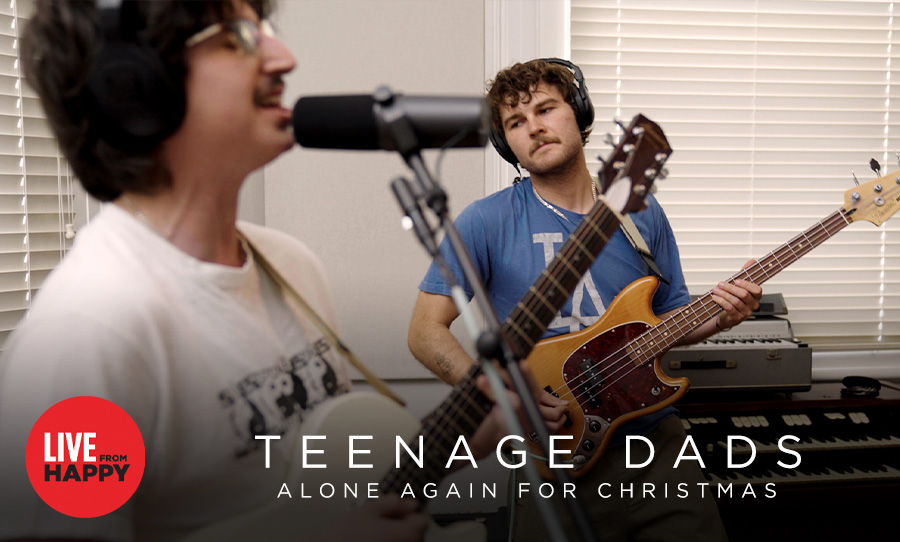The 73rd Emmy awards returned to a traditional ceremony after last year’s virtual awards, with a star-studded, red carpet to match.
Major winners of the night included The Crown, The Queen’s Gambit, Ted Lasso and Hacks.
Ted Lasso and Hacks both enjoyed numerous awards in comedy category, with the former taking out best comedy series, lead actor, supporting actor and actress, and Hacks taking lead actress, directing, and writing.

The Crown, which tied with The Mandalorian for the most nominations (24), managed awards in all seven drama categories, including acting wins for Olivia Colman (as Queen Elizabeth II), Josh O’Connor (as Prince Charles), Gillian Anderson (as Margaret Thatcher) and Tobias Menzies (as the late Prince Philip).
There was some controversy, stemming from the lack of diversity in award winners, with no major acting awards handed to people of colour during the broadcast.
Black host, Black announcer hell even Black music. We doing everything but win. #EmmysSoWhite#Emmys pic.twitter.com/fkGDhANUj2
— ~Alexandria~ “AstroPetty” (@DOPECHICKBEATS) September 20, 2021
RuPaul was one of only three people of colour to accept an award during the broadcast, for RuPaul’s Drag Race as best competition series – making him the most decorated person of colour in Emmy history.
Another first in Emmy history came from women dominating creative categories, marking the first time two females have won both comedy (Lucia Aniello, Hacks) and drama (Jessica Hobbs, The Crown) director.
The Handmaids Tale also made history, but not in a good way. After receiving 21 total nominations, the series unexpectedly went home empty, breaking the record for most Emmy losses in a single year.
Ted Lasso’s Fake Crowd
Even after Ted Lasso enjoyed a successful night at the Emmys, one of its most amazing achievements might’ve been made during production.
In one scene, a 26,000-seat stadium appears to be filled to capacity, yet only 20 real extras were used. On top of that, these extra’s were not even filmed in the stadium.
In order to keep actors safe and limit the number of extras on the scene, Barnstorm VFX had to get creative with the limited resources they had.
They used the extras to perform enough actions and movements that they could be repeated without becoming obvious doubles and also made digital doubles to fill in the spaces.

While it was done to work within pandemic restrictions, it also helped the production save money, in comparison to other films and franchises, like Lord of the Rings or Ghandi which used over 20,000 and 300,000 extras respectively. Such a feat takes time, money and effort in order to have them all unite cohesively.
This poses an exciting look into the direction of special effects in the future, with this process giving the production more control over the looks and behaviours of extras after the shoot is done.
Watch below to see the full explanation and behind-the-scenes of the scene:



